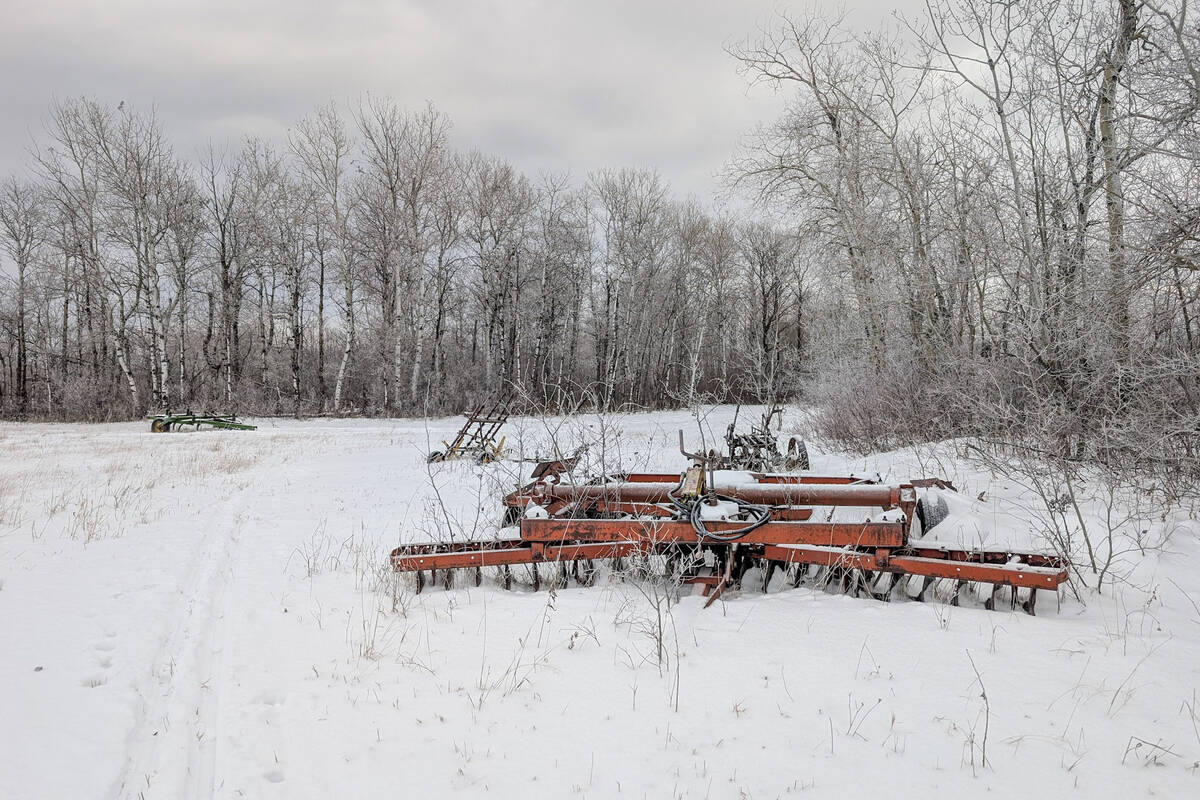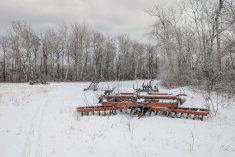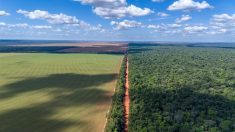A late start to spring seeding is becoming more and more likely across much of Western Canada, as heavy snow cover in many areas and a slow melt will leave many fields too wet to plant for some time.
Any delays may lead to some adjustments to planting intentions, but major changes are not yet anticipated.
Maps compiled by Environment Canada show the majority of the Canadian Prairies is still covered in at least a foot of snow, aside from southern Alberta and the southwestern corner of Saskatchewan.
Read Also

Prairie forecast: Northwesterly flow brings seasonable temperatures, weak systems
This forecast period is dominated by two lows — one to the far west, and one over Hudson Bay. The relative strength of the two lows will determine temperatures across the Prairies.
While many farmers were already on their fields in mid-April a year ago, the below-normal temperatures forecast across much of the Prairie growing region over the next week — and the chance of more snow in many areas — are expected to limit any fieldwork for the foreseeable future.
“There is still a lot of snow out there, so guys are thinking about when they will be able to get out (to their fields),” said Pam de Rocquigny, a crops specialist with Manitoba Agriculture, Food and Rural Initiatives at Carman.
Precipitation over the next few weeks and how fast the snow melts will determine when producers can get on their fields, she added, noting “it’s a wait-and-see at this point.”
If it gets into a situation where seeding is pushed back, producers will have a Plan B in the back of their mind, with long-season crops such as soybeans and corn likely the first to go, she said.
Seeding operations typically start around May 1 in Manitoba, but could be 10 days earlier or 10 days later and still be considered “normal” Seeding early doesn’t necessarily translate into good yields, De Rocquigny added, just as late planting won’t necessarily lead to poor yields.
“It’s too early to tell right now… but if we’re in this same situation in 10 to 15 days — producers will be thinking about shifting,” said Wayne Palmer, senior market analyst with Agri-Trend Marketing.
Cold overnight temperatures were not helping the snow melt, he added. Palmer also pointed out that delayed seeding would heighten the risk of a killer frost at the other end of the growing season.
Statistics Canada releases its first acreage report of the year on April 24, but Palmer said the intentions will be taken with a larger grain of salt this year, given the uncertainty over the start to spring seeding.
While most of the Prairies are still covered in snow, those areas that are dry could see some field activity within the next week or two.
Scott Meers, an insect management specialist with Alberta Agriculture and Rural Development at Brooks, said farmers in the dry southern part of the province could be seeding within the next week, though he added that the bulk of the province was still covered in snow.
— Phil Franz-Warkentin writes for Commodity News Service Canada, a Winnipeg company specializing in grain and commodity market reporting.















